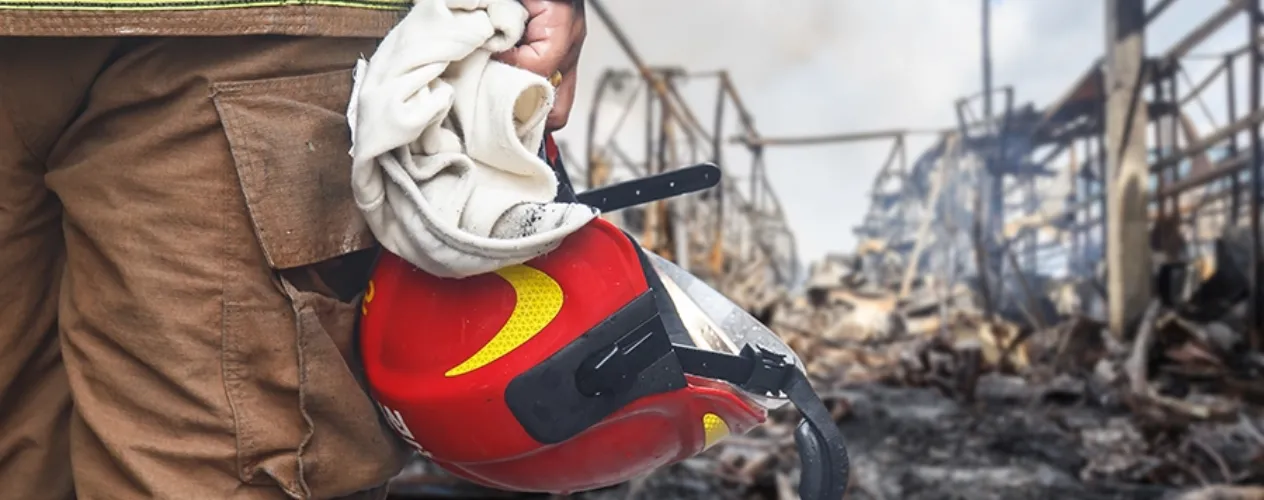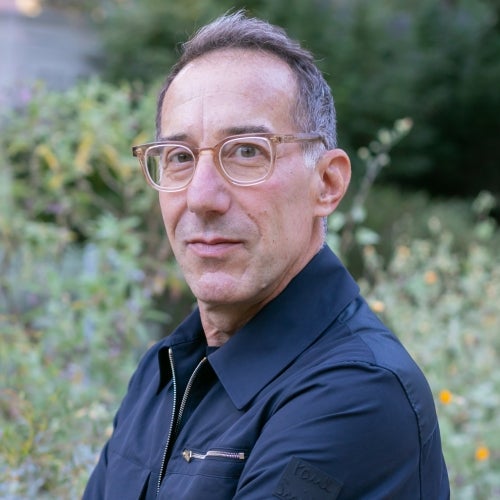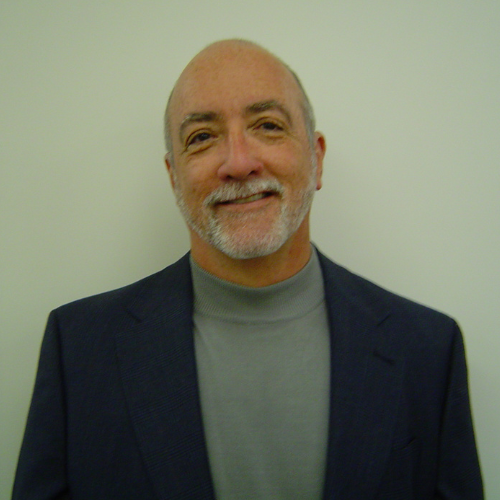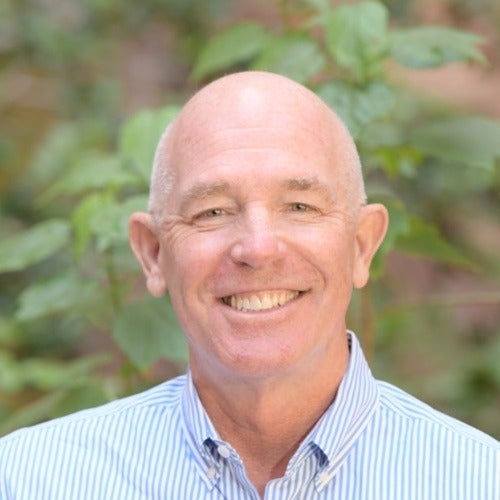Public health emergency preparedness and response: grounding the field in evidence
UCLA faculty contributed to a new report from NASEM that reviews & grades the evidence underpinning public health emergency preparedness and response.

Research and funding priorities tend to shift from one disaster to the next, which has resulted in a sparse evidence base and hampers the nation’s ability to respond to public health emergencies in the most effective way, says a new report from the National Academies of Sciences, Engineering, and Medicine.
It recommends the creation of a National Public Health Emergency Preparedness and Response (PHEPR) Science Framework — led by the Centers for Disease Control and Prevention (CDC) — to establish a sustained research agenda and the necessary infrastructure to advance understanding of what works and why in disaster preparedness and response.
In the aftermath of Sept. 11, 2001, CDC and other government and non-governmental organizations have invested billions of dollars in the nation’s PHEPR infrastructure, systems, and science. From the ongoing COVID-19 pandemic to hurricanes and wildfires, public health emergencies are increasing in number and severity, due to factors like climate change and global migration patterns. Each emergency presents an opportunity to observe, learn, and conduct real-time research, says Evidence-Based Practice for Public Health Emergency Preparedness and Response, but a sustained mechanism is needed to capture evidence from these experiences, and translate that evidence to future policy and practice.
“Preparing for and responding to public health emergencies requires scientific evidence to save lives, prevent social and economic disruption, and uphold national security,” said Ned Calonge, president and CEO of the Colorado Trust, and chair of the committee that wrote the report. “In the midst of the COVID-19 pandemic, now is the time for the nation to take stock of how we can improve the quality of research that is conducted before, during, and after public health emergencies.”
The committee - whose members include Dr. David Eisenman, professor-in-residence of community health sciences at the UCLA Fielding School of Public Health, and Dr. Paul Shekelle, professor of medicine at the David Geffen School of Medicine at UCLA and an FSPH alumnus (MPH, ’89 and PhD, ’93) - developed a methodology for reviewing and evaluating the evidence behind practices that fall within CDC’s 15 PHEPR capabilities to understand the benefits and harms associated with them. Dr. Steven M. Teutsch, an adjunct professor in the Department of Health Policy and Management at FSPH, is also a contributor to the report.
"It was an extraordinary effort that took over two years, and the results are pertinent for the pandemic," said Eisenman, director of the Fielding School's UCLA Center for Public Health and Disasters. "The methodology moves the field forward by getting us past the biomedical reliance on randomized control trials. The report also sets an agenda and structure for the future of disaster research in public health."
The panel applied its review methodology to four PHEPR practices within those capabilities: engaging and training community-based partners to improve the outcomes of at-risk populations after public health emergencies; activating a public health emergency operations center; communicating public health alerts and guidance with technical audiences during a public health emergency; and implementing a quarantine to reduce or stop the spread of a contagious disease.
While timely, the review of these four practices was not conducted in response to any specific public health emergency, including the COVID-19 pandemic, the report notes. For example, the review of quarantine was intended to address long-standing questions raised by PHEPR practitioners about when to implement a quarantine, and what types of operational supports are needed to ensure adherence. Quarantine is more likely to be effective in specific circumstances, including when exposed individuals can be identified quickly, the report found. However, the impact of quarantine on the spread of illness and the financial and psychological repercussions should be more rigorously examined in future studies. The report notes the need for future evidence reviews on this and other PHEPR practices.
Funders of PHEPR research — including CDC, the U.S. Department of Health and Human Services’ Office of the Assistant Secretary for Preparedness and Response (ASPR), and the National Institutes of Health — should also consider ways to base program design and funding decisions on evidence-based practices, the report recommends. Tiered evidence standards for grant-making could allow federal agencies to award larger amounts to support practices grounded in strong evidence of success while still encouraging innovation by funding promising programs at lower levels. CDC should also incentivize and require state, local, territorial, and tribal public health agencies to test and evaluate new or adapted practices.
Ensuring PHEPR Research Funding and Infrastructure
Examining the effectiveness of PHEPR practices will require a range of research and evaluation methods, from exploratory case studies to randomized controlled trials and modeling studies.
Given the challenges of conducting research in the midst of an emergency, CDC and its partners should ensure PHEPR research infrastructure is in place during non-emergency times, the report says. Such infrastructure may include establishing research collaborations with academic institutions, hospital systems, and public health agencies; developing a rapid research funding mechanism and rapid response research teams; and allowing for pre-approved, adaptable research and Institutional Review Board protocols.
Training and Supporting the PHEPR Workforce
CDC and ASPR should invest in training programs and career development grants for PHEPR researchers and practitioners, including a certification program for CDC project officers and state preparedness directors, the report recommends. In addition, CDC should recognize and support PHEPR science as a unique academic discipline within the public health field.
The study — undertaken by the Committee on Evidence-Based Practices for Public Health Emergency Preparedness and Response — was sponsored by the Centers for Disease Control and Prevention. The National Academies are private, nonprofit institutions that provide independent, objective analysis and advice to the nation to solve complex problems and inform public policy decisions related to science, technology, and medicine. They operate under an 1863 congressional charter to the National Academy of Sciences, signed by President Lincoln.
Written by Stephanie Miceli, NASEM
Faculty Referenced by this Article

Robert J. Kim-Farley, MD, MPH, is a Professor-in-Residence with joint appointments in the Departments of Epidemiology and Community Health Sciences








